.
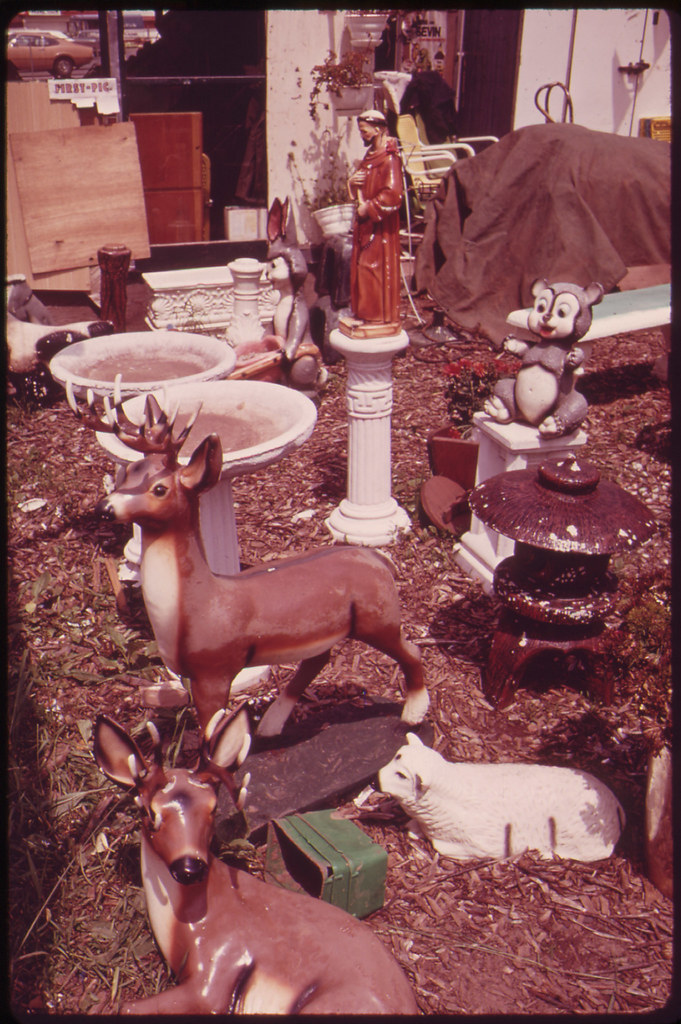
Garden accessories for sale on Hylan Boulevard, Staten Island
Henry David Thoreau to Ralph Waldo Emerson, from Staten Island, 8 June 1843
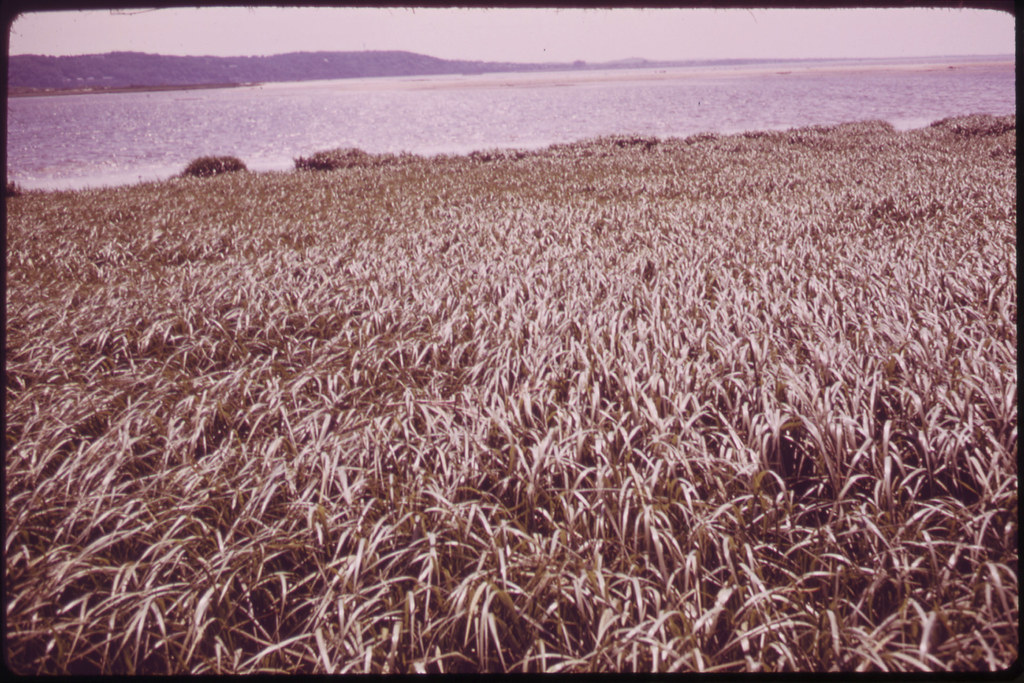
Unspoiled marshlands on Sandy Hook Nature Preserve, less than 15 miles from New York, across the Bay
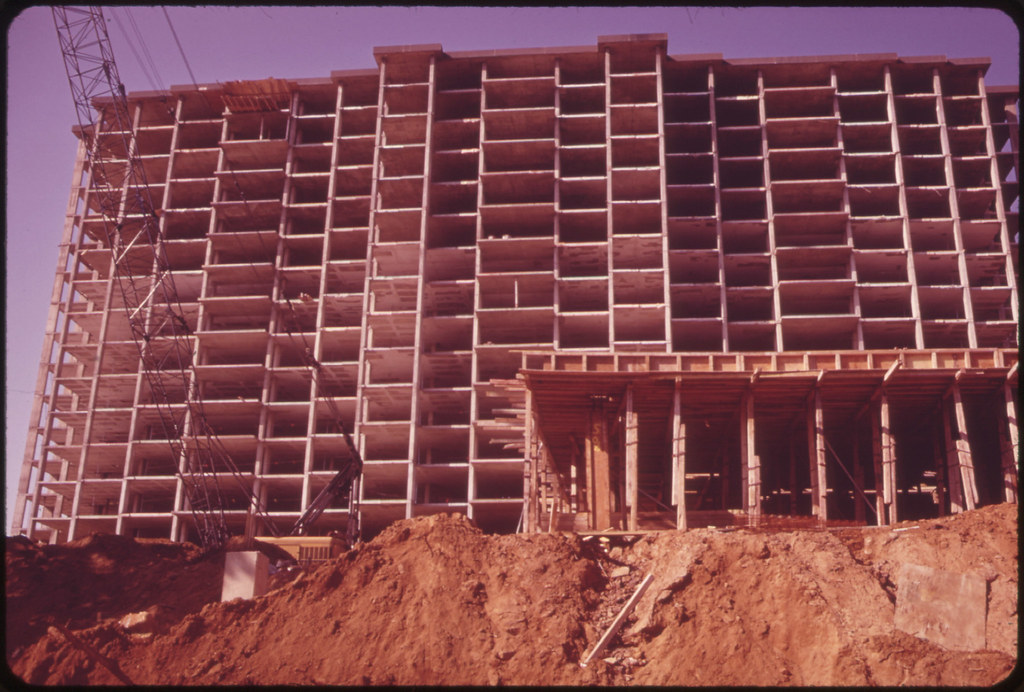
Condominium construction at Sandy Hook, one of the few relatively unspoiled areas on the New Jersey coast; conservationists fought a long battle against this development, but lost
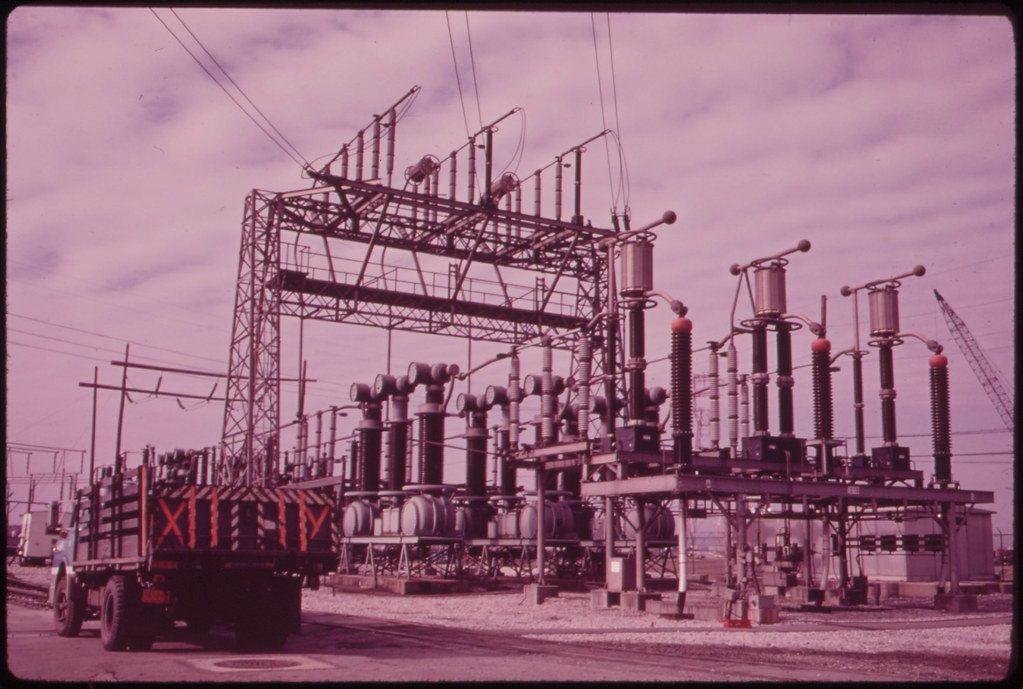
Electric power station, built on marshland on Staten Island
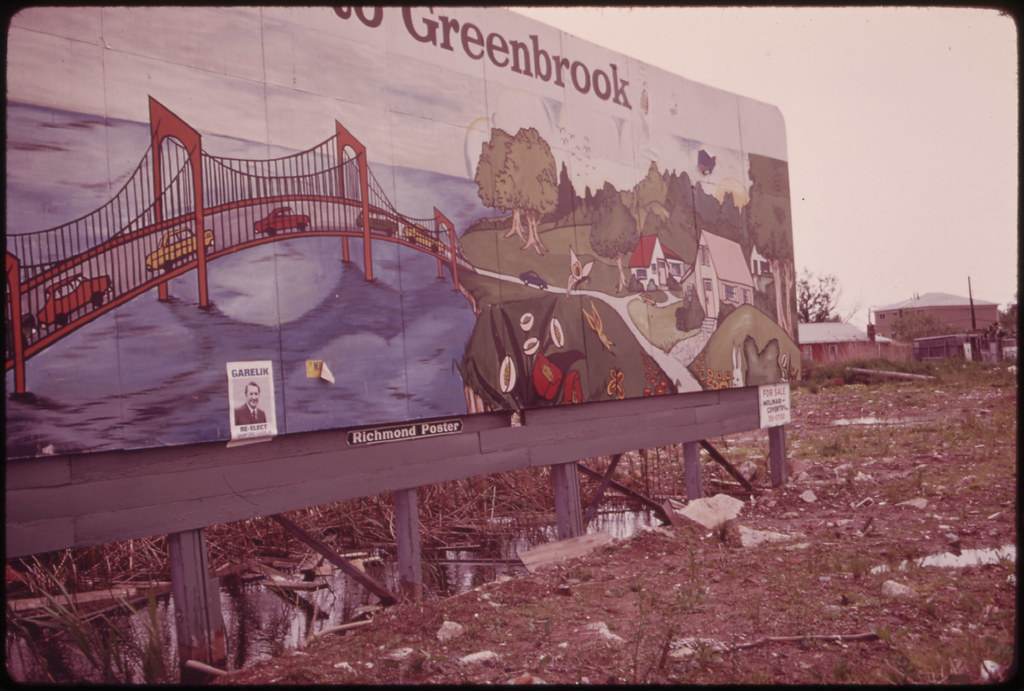
"Cross the Verrazano-Narrows Bridge and Find Good Living on Staten Island" -- a theme of the developers

Parking lot at ferry dock on Staten Island
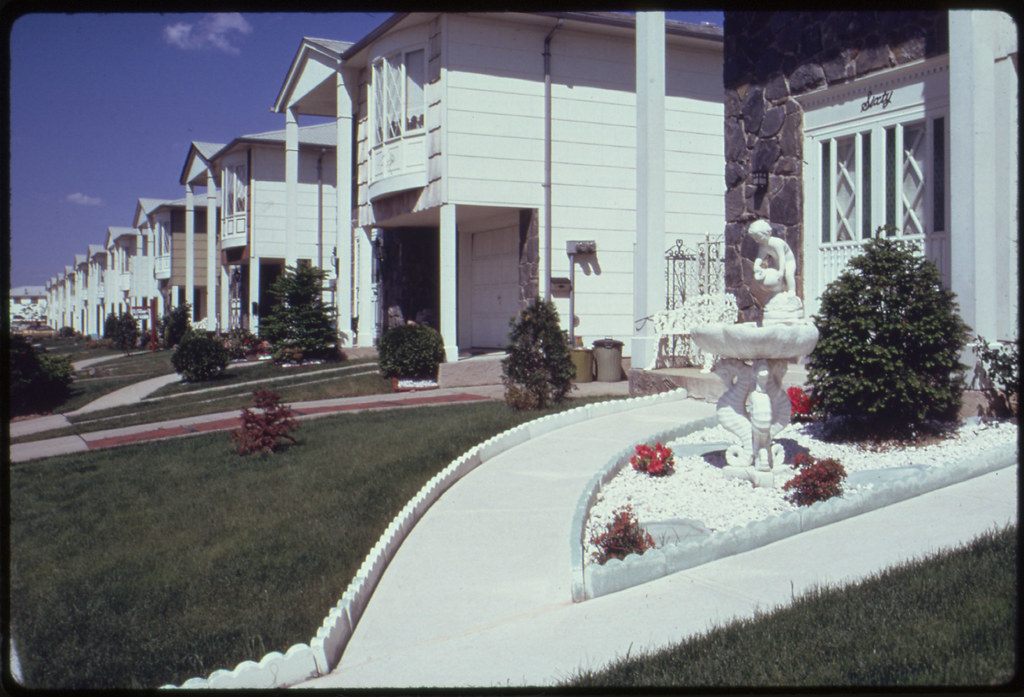
Great Kills Park, Staten Island
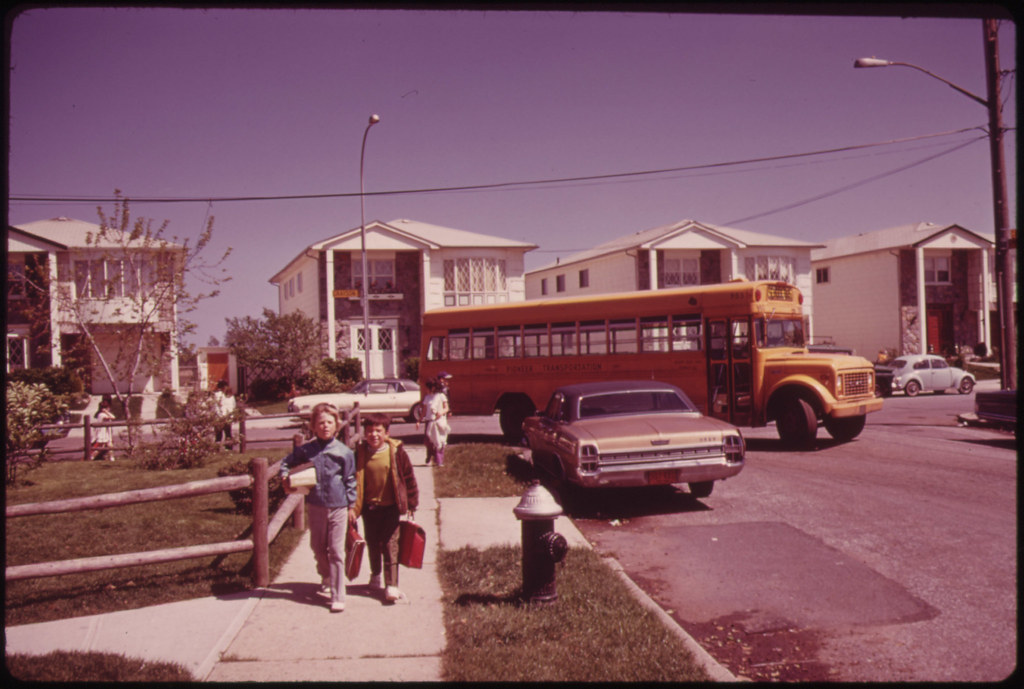
School children on their way home in Great Kills, Staten Island
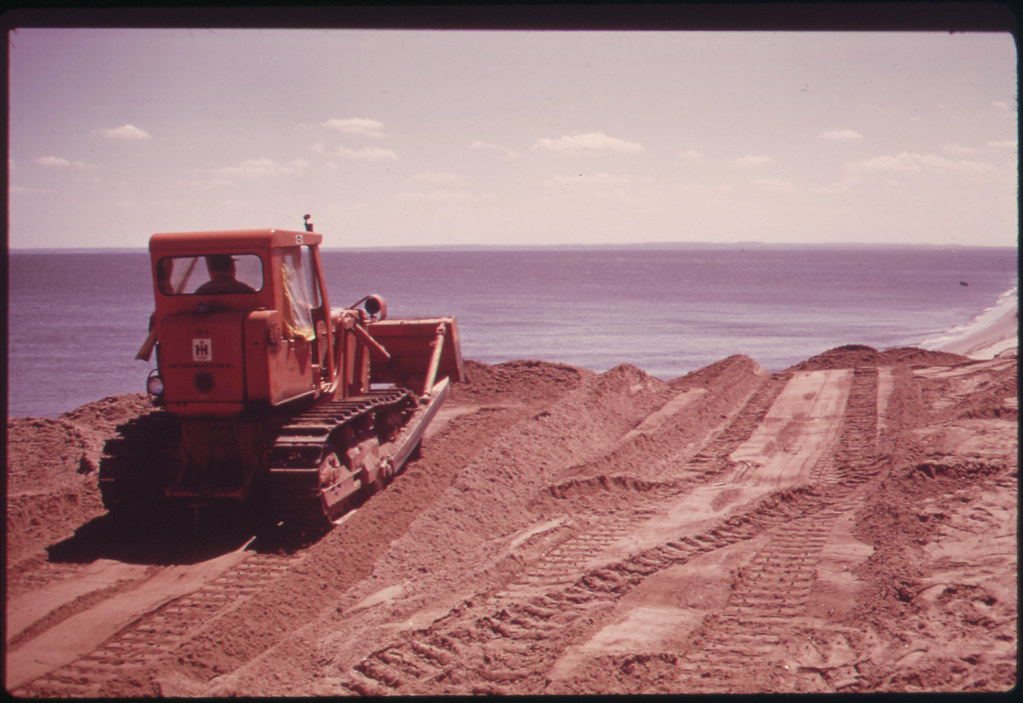
Widening the beach at Great Kills Park on Staten Islan
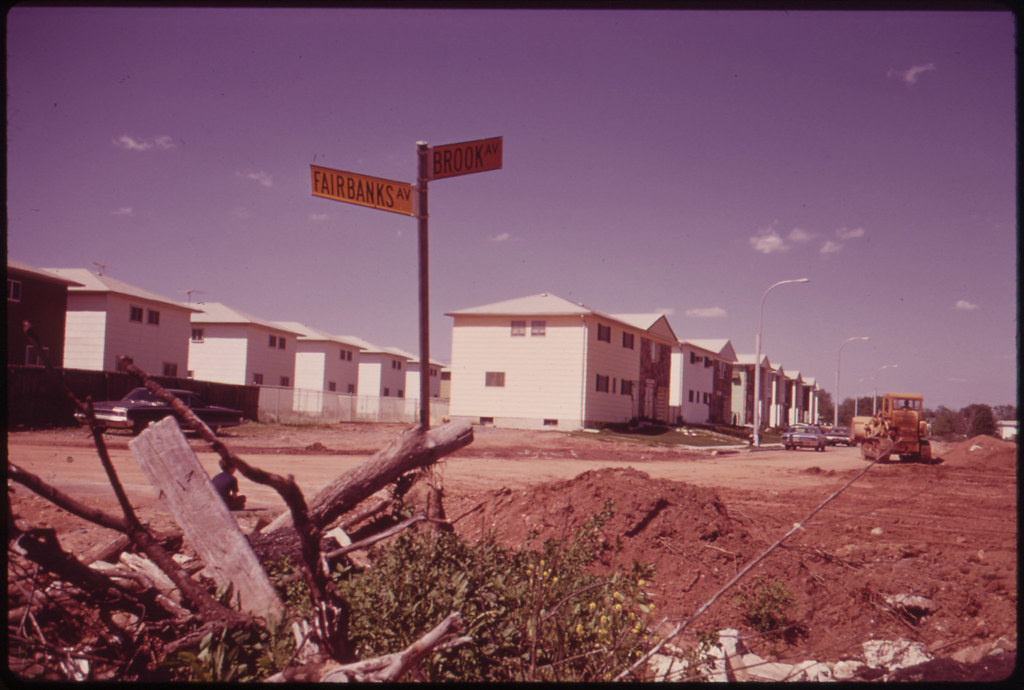
Housing development at Great Kills Park on Staten Island
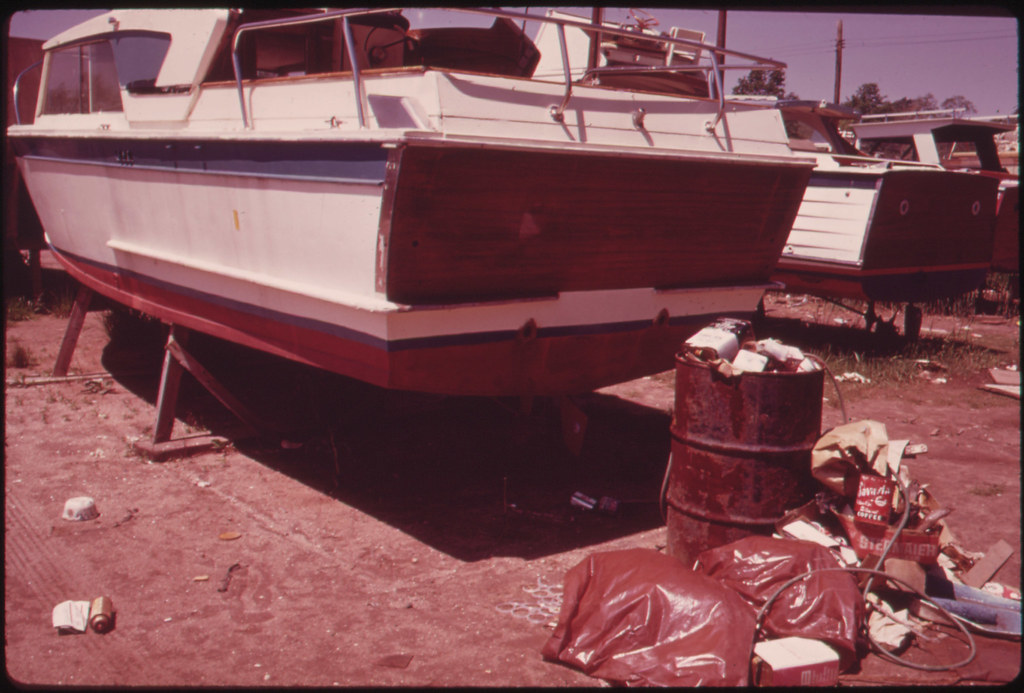
Great Kills Park Marina on Staten Island creates a garbage problem

Clogged stream at entrance to Great Kills Park, Staten Island
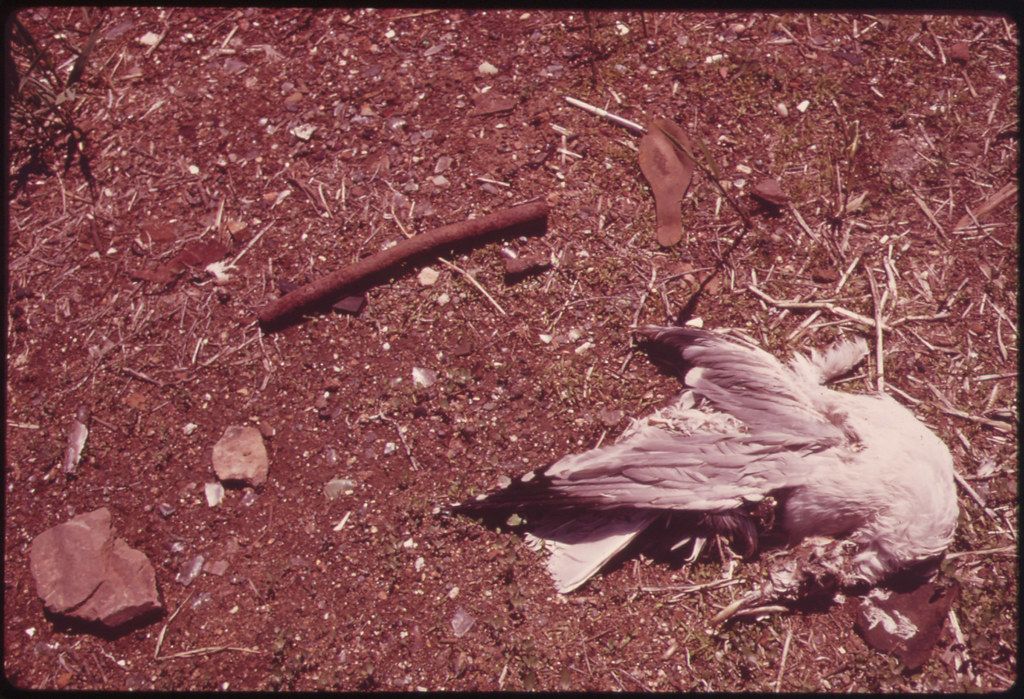
Dead gull near entrance to Great Kills Park on Staten Island
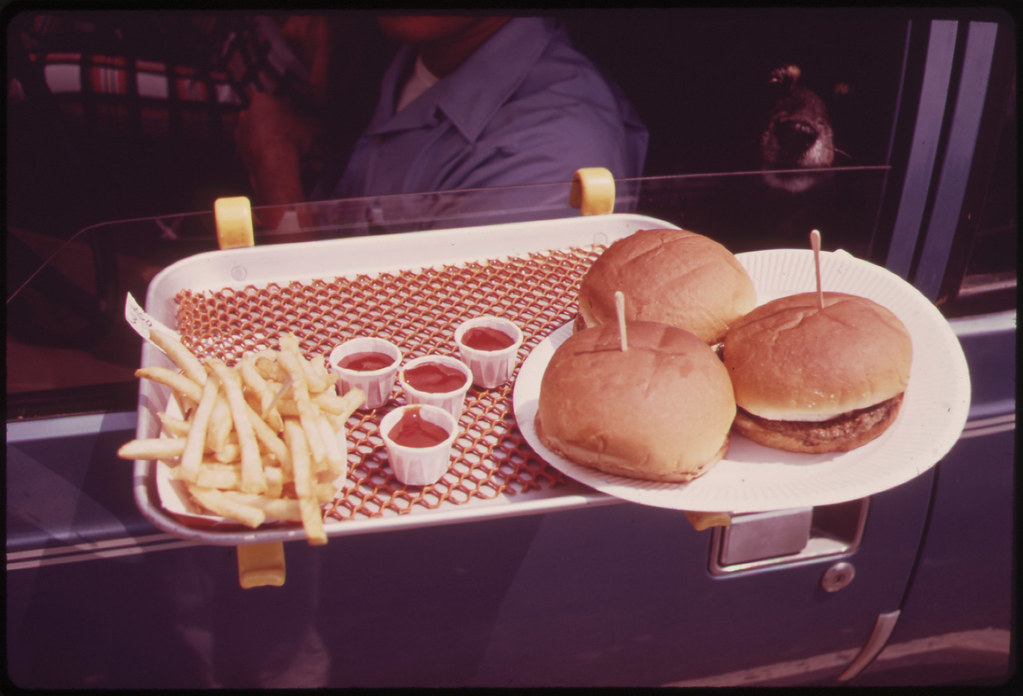
Lunch in the car, Hylan Boulevard, Staten Island
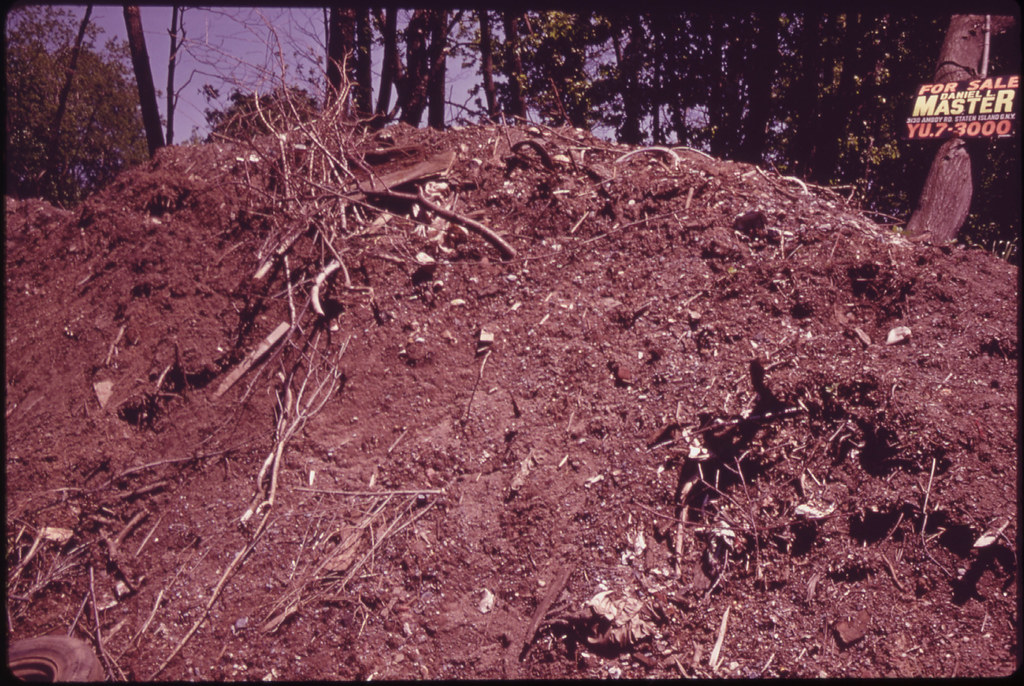
Site of real estate development on Hylan Boulevard, Staten Island
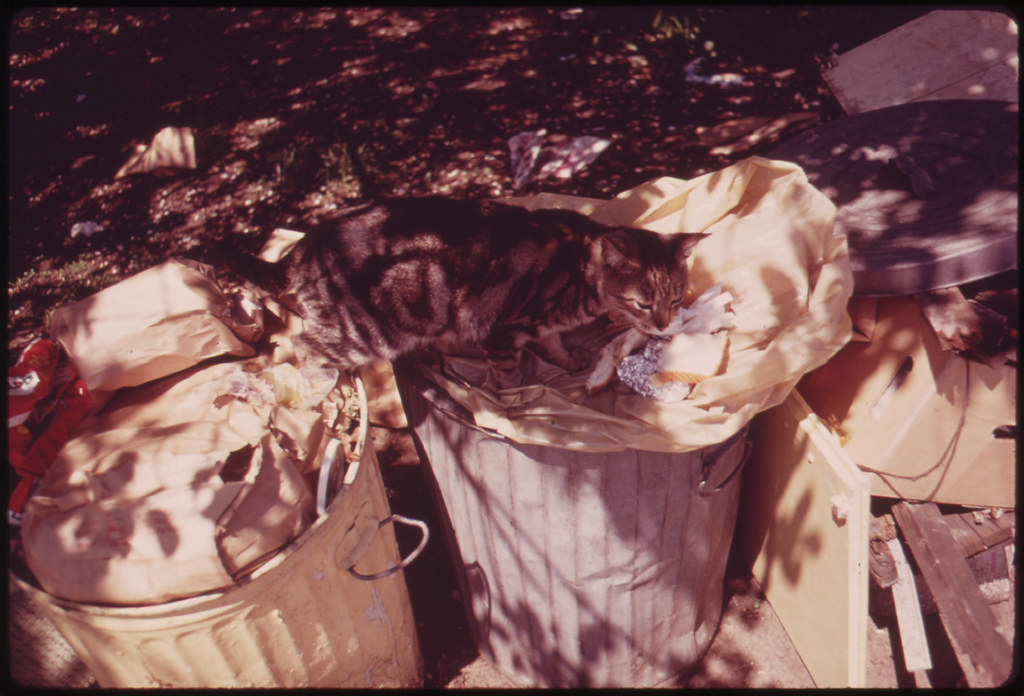
Cat in garbage can, New York
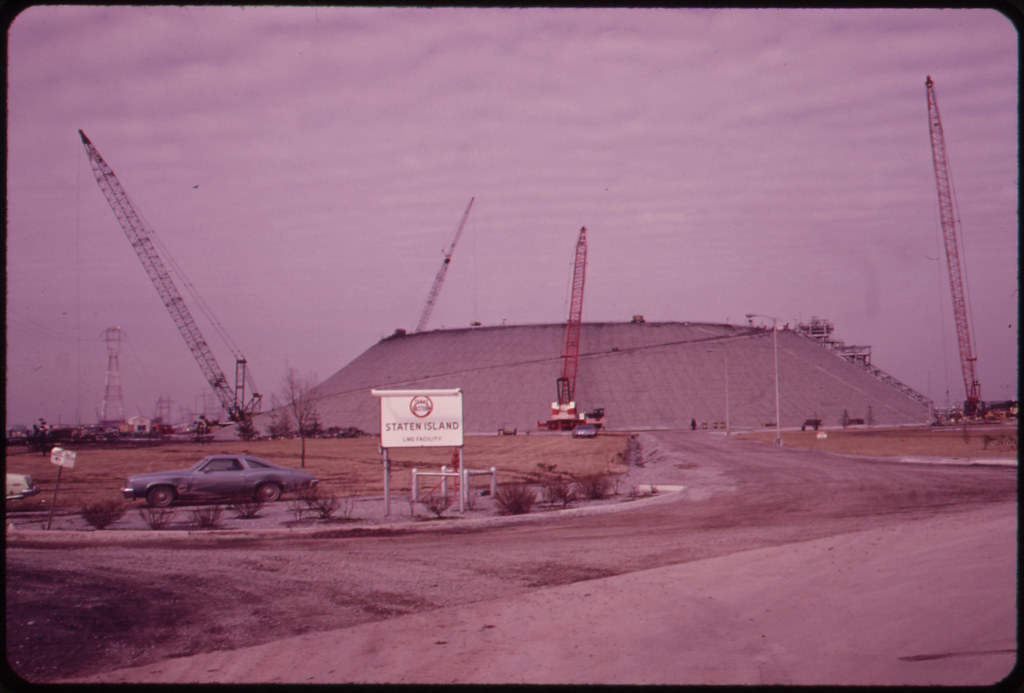
Staten Island Is the site of the world's largest liquefied gas storage tank; the tank, a property of the Texas Eastern Transmission Corporation, blew up in February of 1973 killing 43 workers
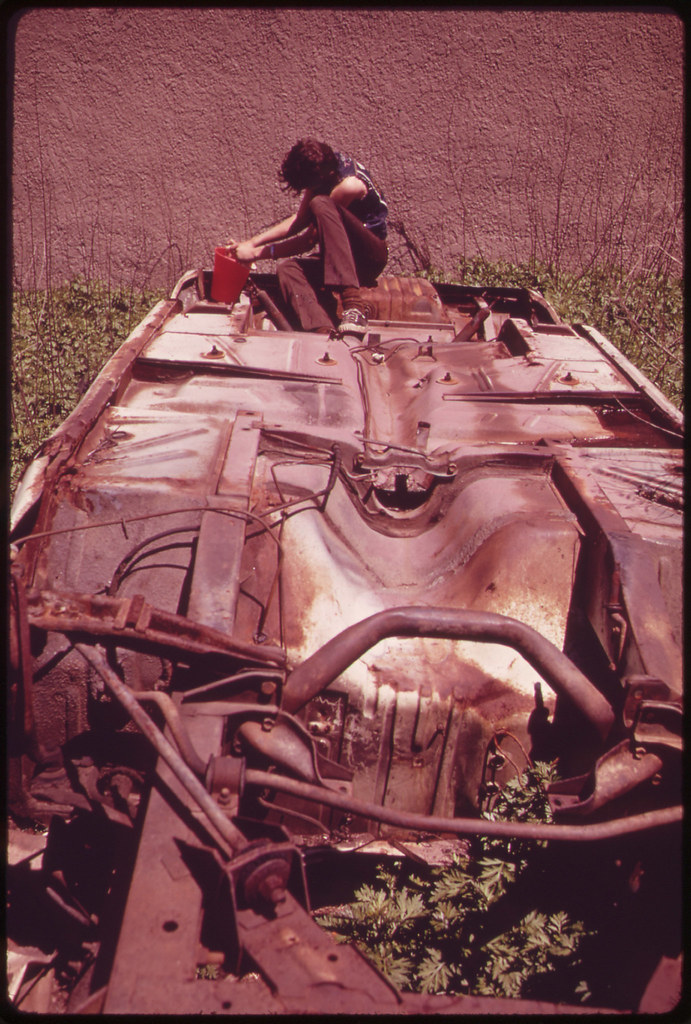
Abandoned tractor near Jamaica Bay

Trash from construction near the residential community of Broad Channel in Jamaica Bay
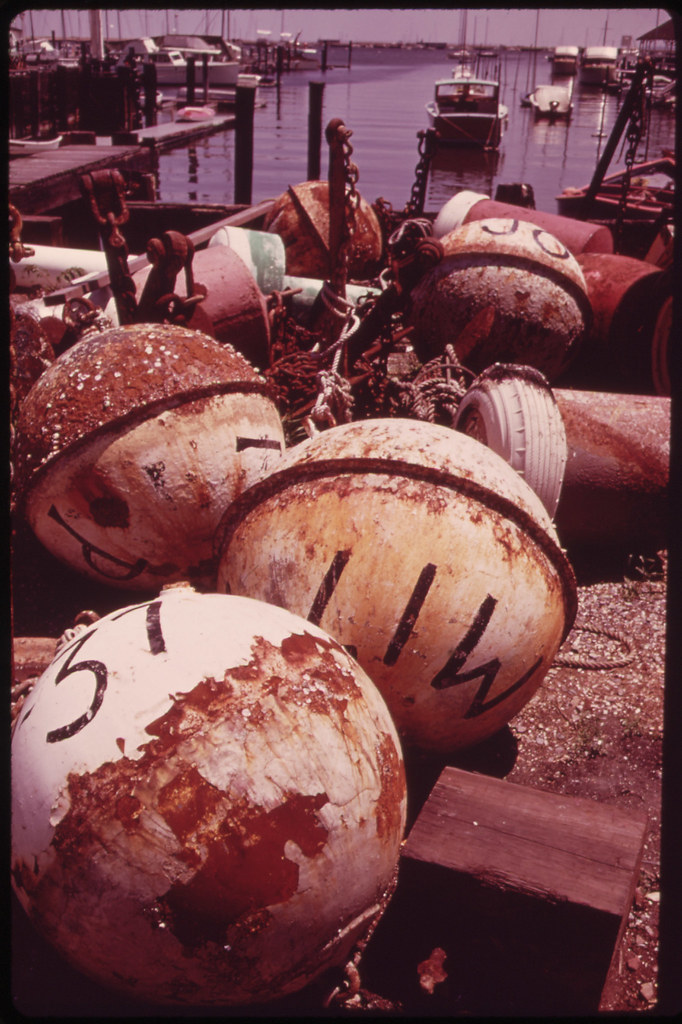
Old buoys on wharf in Staten Island
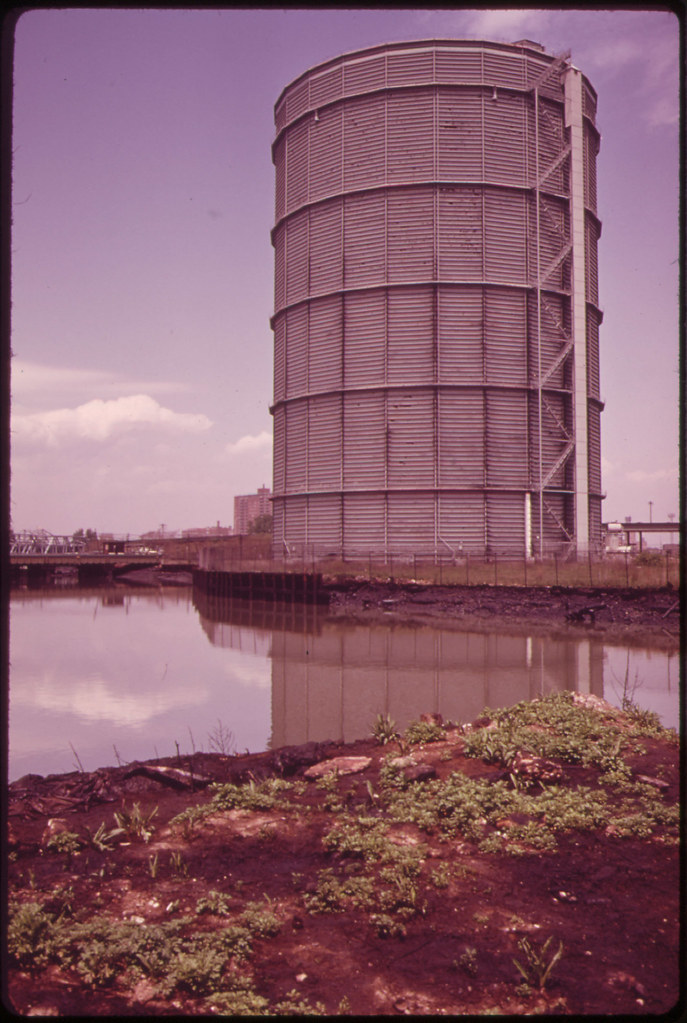
Oil storage tank in the Gravesend Bay area of Brooklyn

Municipal incineration and landfill dump at Gravesend Bay serves as a playground for neighborhood boys
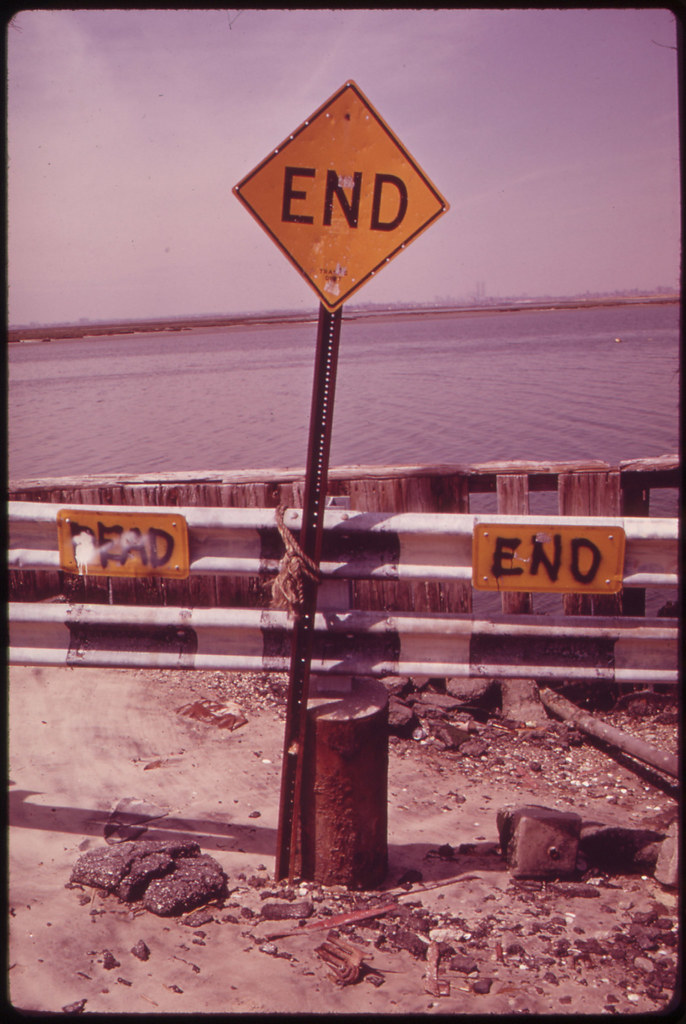
An inlet at Broad Channel residential community across from John F. Kennedy Airport on Jamaica Bay
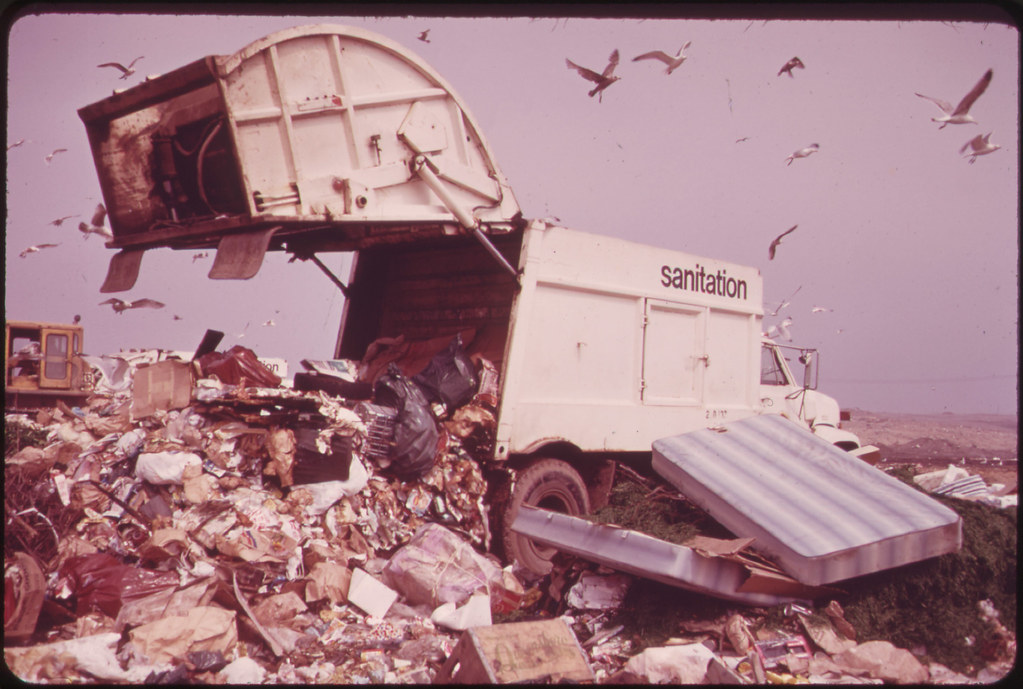
Landfill operation is conducted by the city of New York on the marshlands of Jamaica Bay
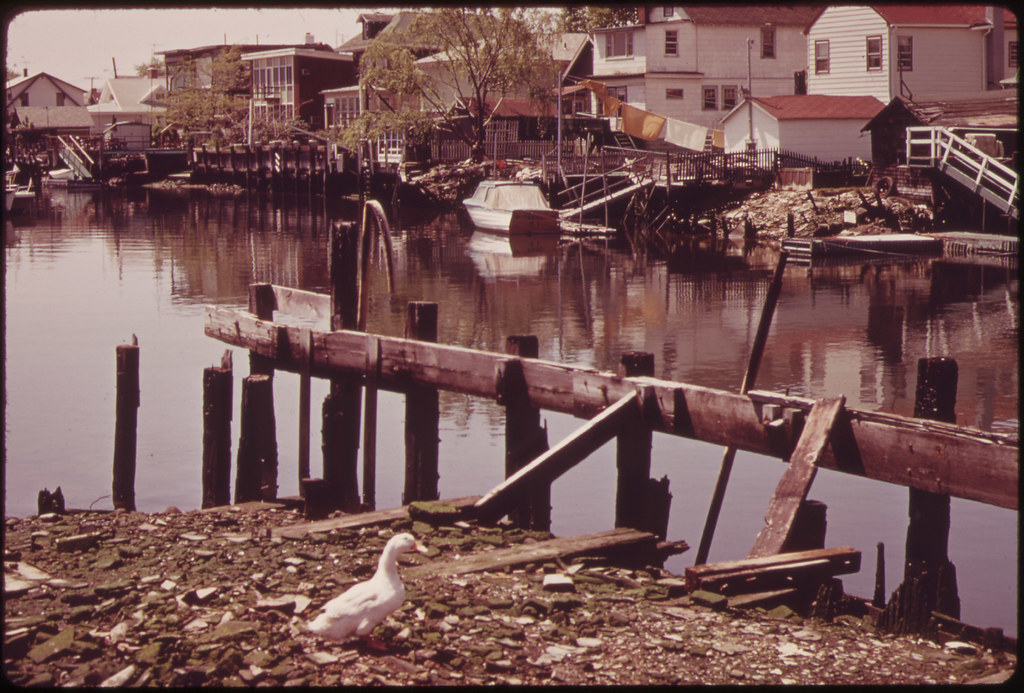
Housing at Hunter's Point, Jamaica Bay
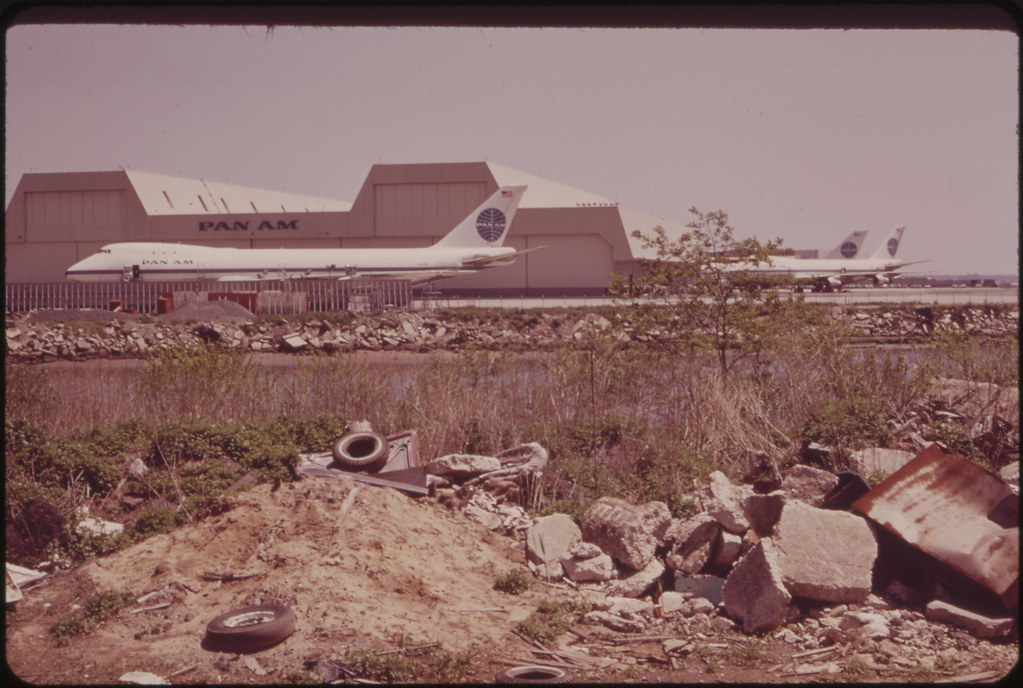
Road to Jamaica Bay from John F. Kennedy Airport is strewn with trash and debris
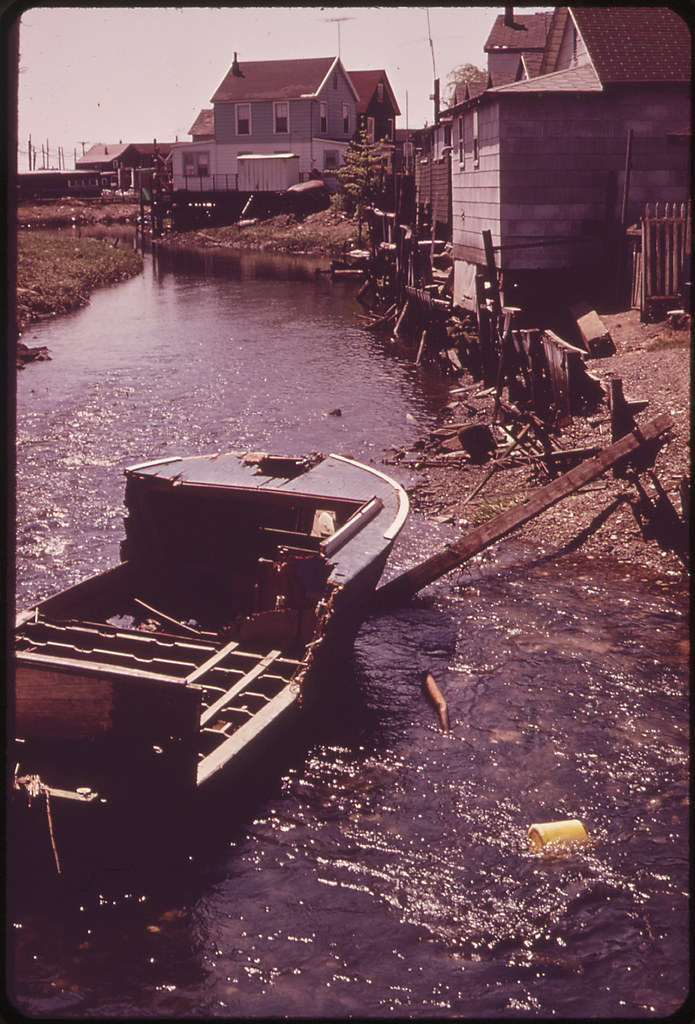
Debris-laden creek at Hunter's Point near the John F. Kennedy Airport; the community has no sewage system and suffers severe pollution problems
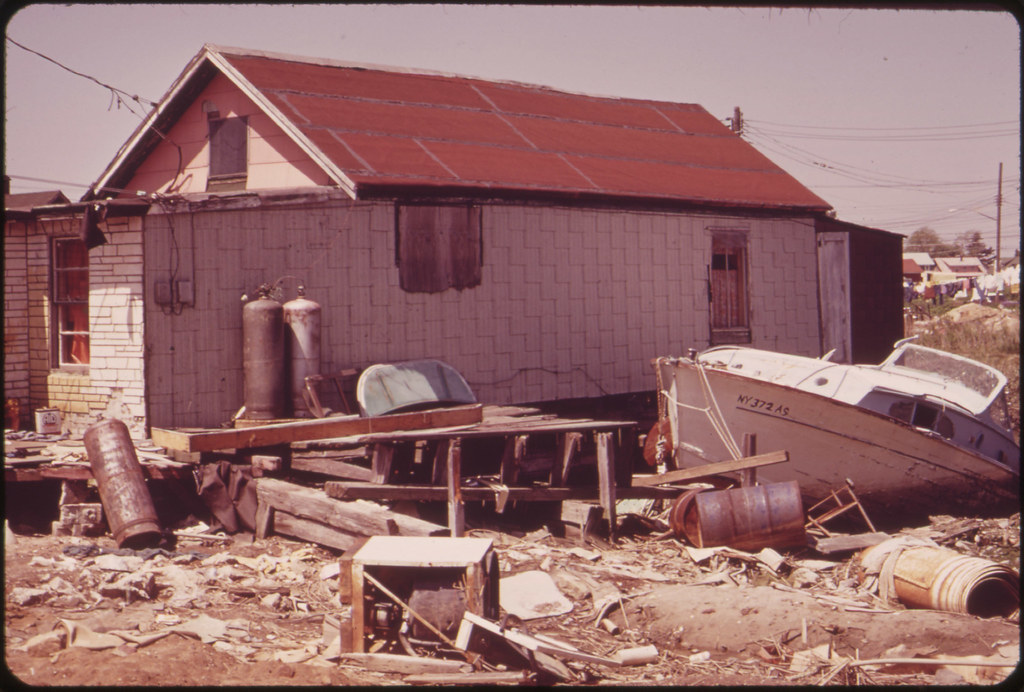
This house at Hunter's Point near the John F. Kennedy Airport has no sewage system; the community suffers aggravated pollution problems
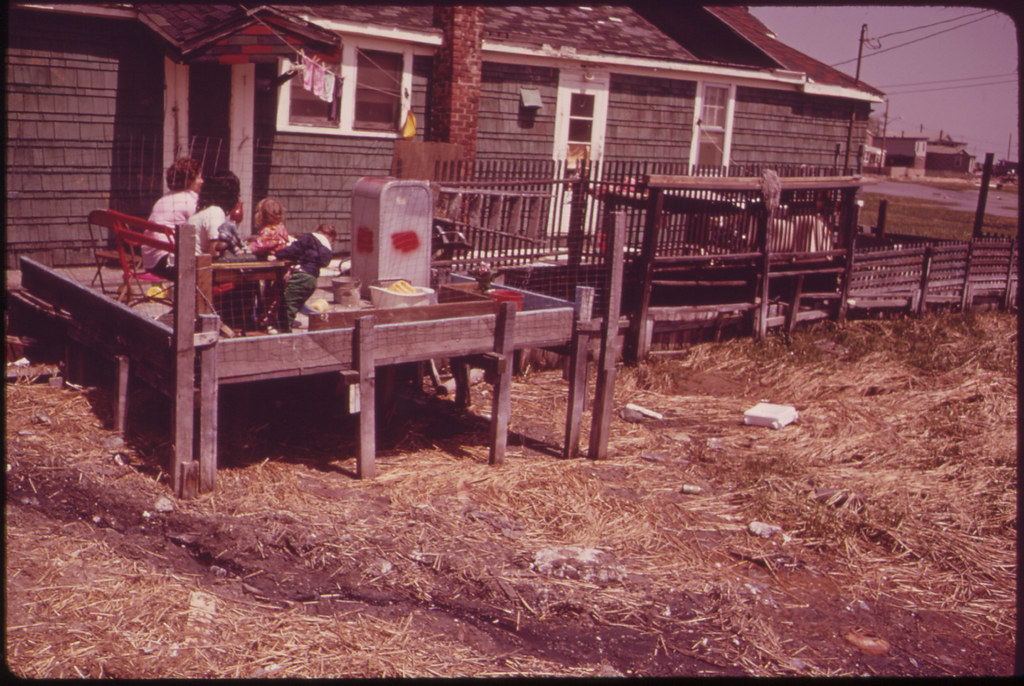
Wastes from this home in Broad Channel are carried into Jamaica Bay via drainage ditch; the community lacks a municipal sewage system
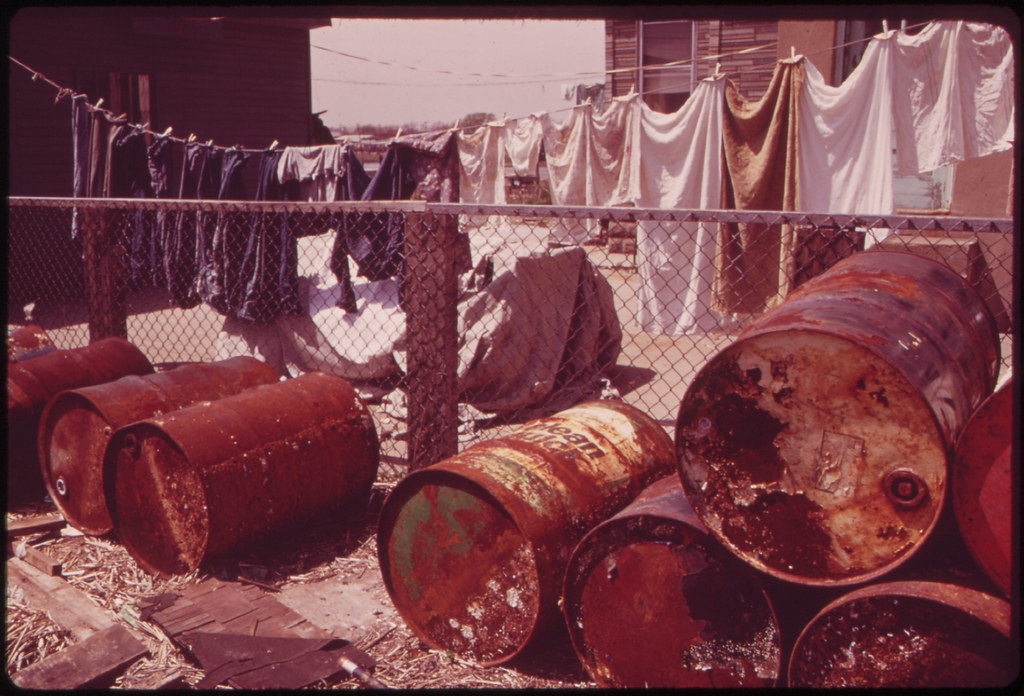
Rusty oil cans pile up near home in Broad Channel, a community with numerous pollution problems
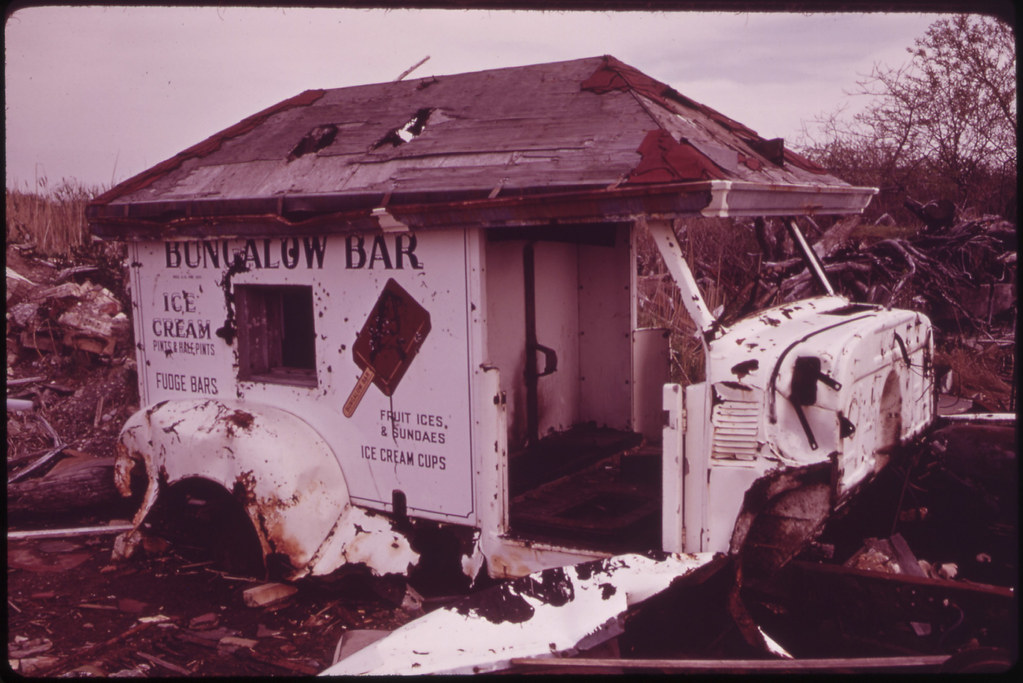
Abandoned ice cream wagon at Broad Channel in Jamaica Bay
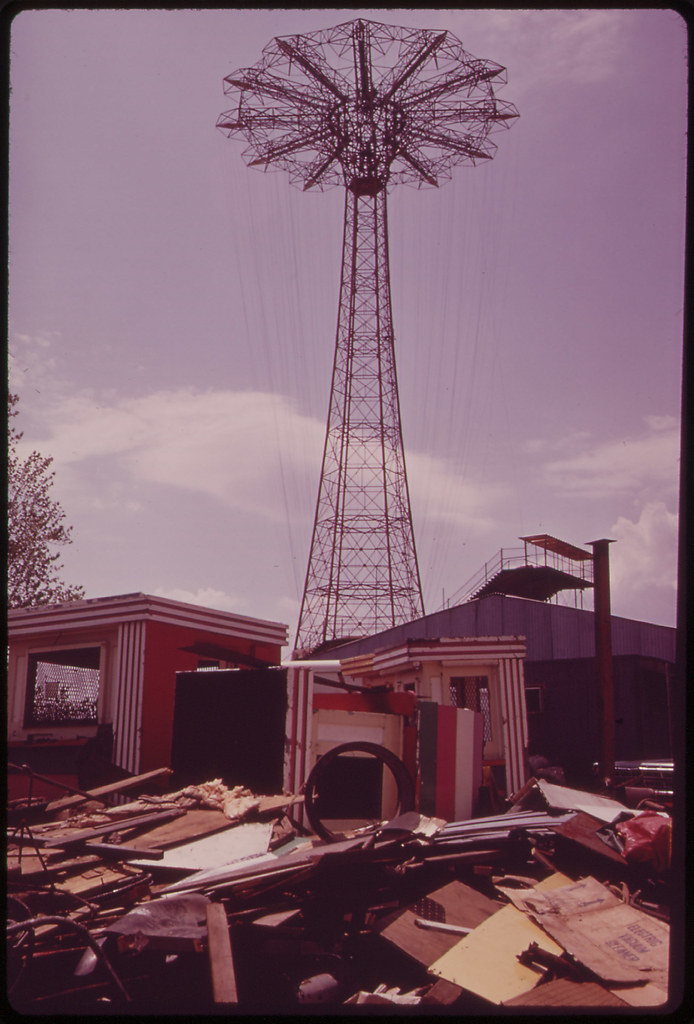
Abandoned parachute jump at Steeplechase Park on Coney Island
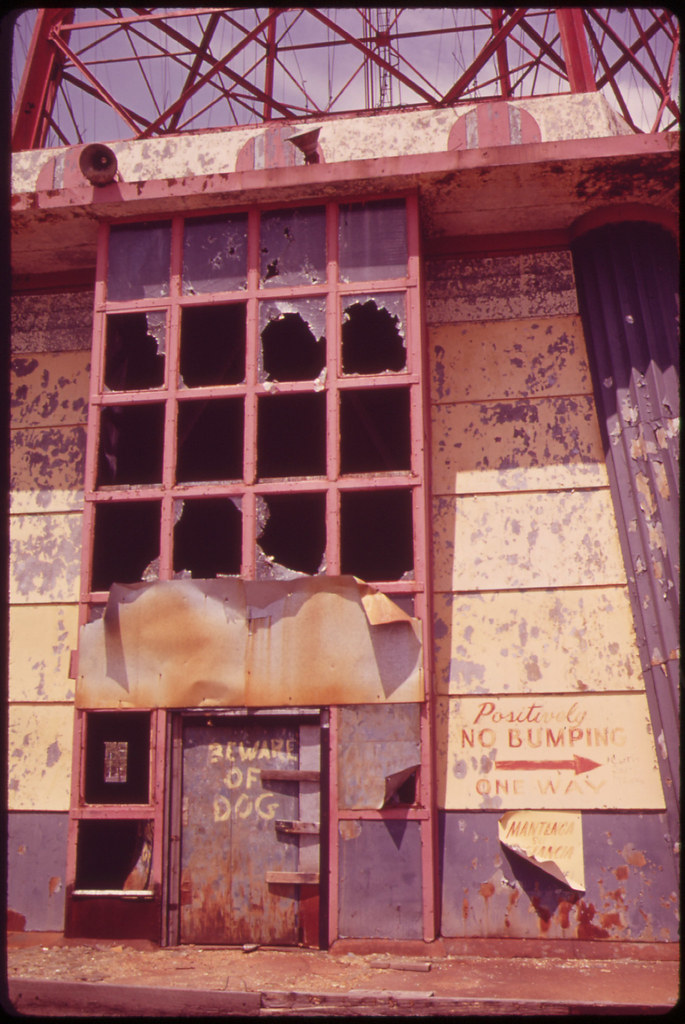
Entrance to abandoned parachute jump at Steeplechase Park on Coney Island
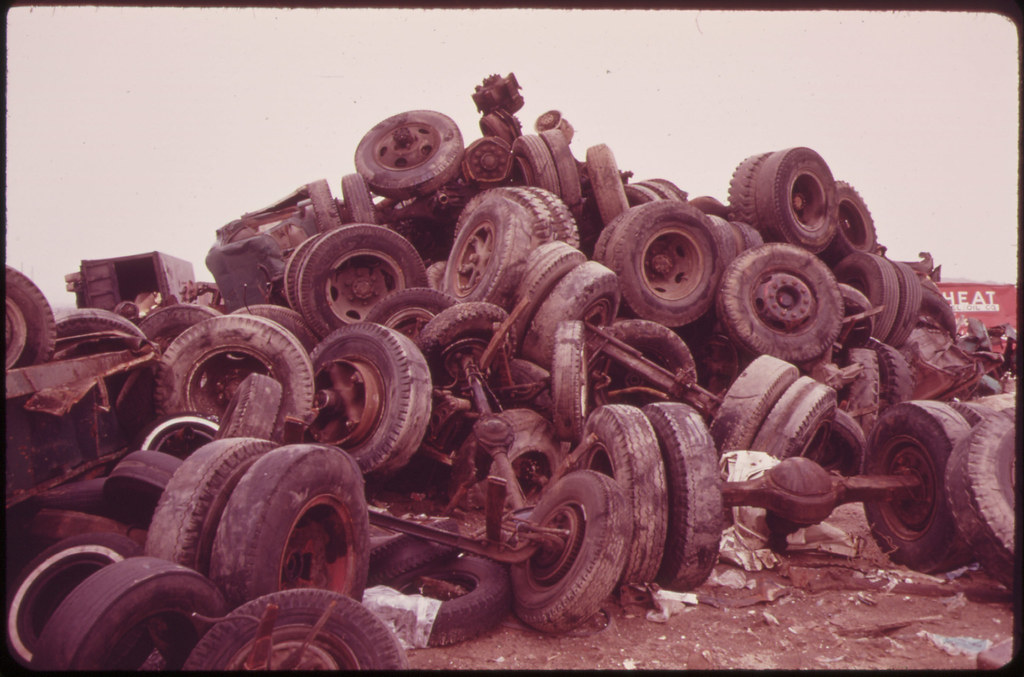
Old tires heaped up at the site of controversial landfill operation in the Spring Creek area of Jamaica Bay
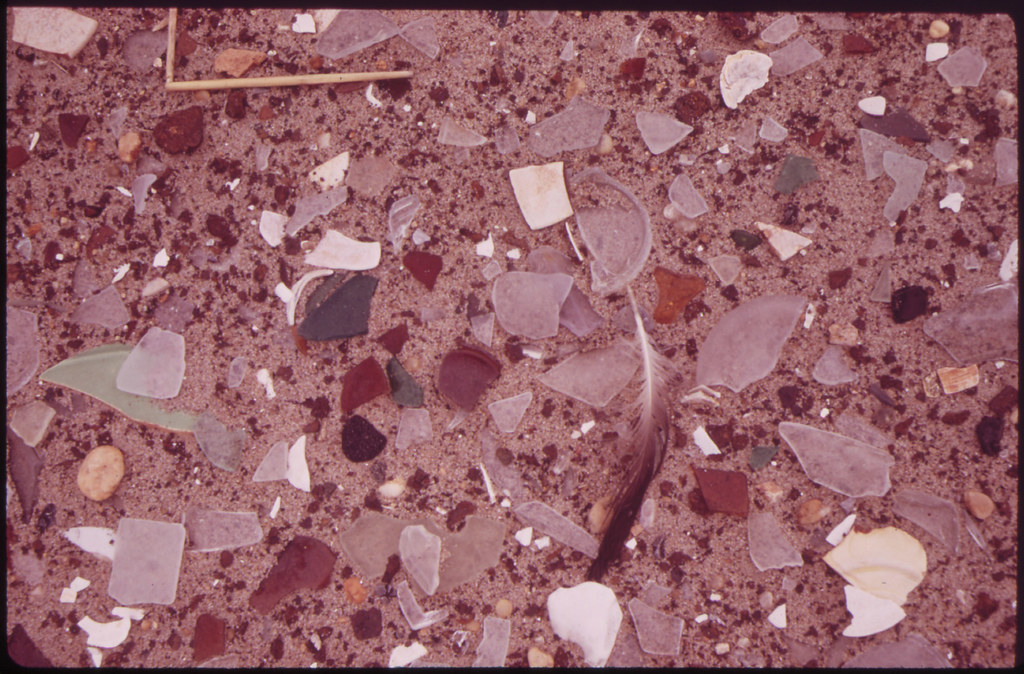
Glass on sand at Breezy Point near Jamaica Bay
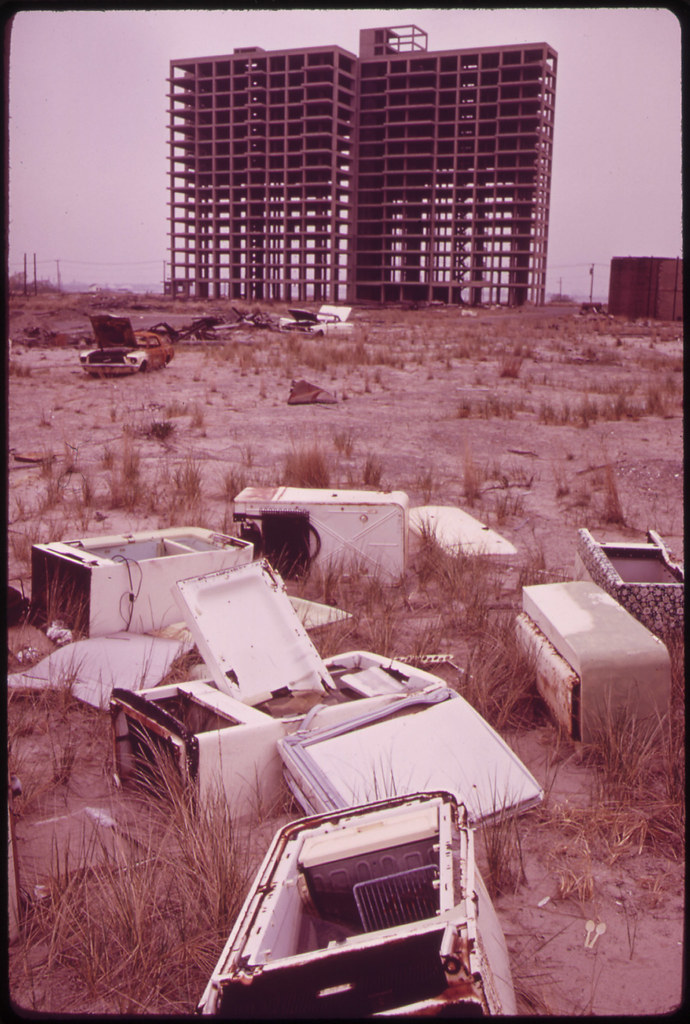
Old refrigerators and shell of highrise at Breezy Point
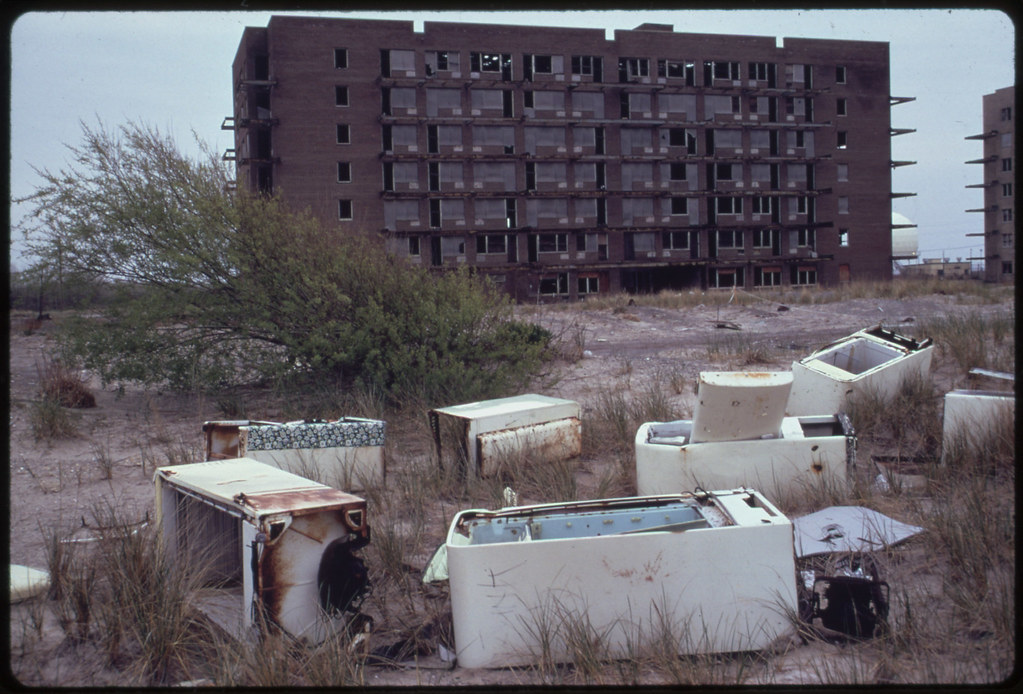
Breezy Point, Long Island, near Jamaica Bay

Manhattan skyline from the Staten Island ferry
As in that grey exurban wasteland in Gatsby
When the white sky darkens over the city
Of ashes, far from the once happy valley,
This daze spreads across the blank faces
Of the inhabitants, suddenly deprived
Of the kingdom’s original promised gift.
Did I say kingdom when I meant place
Of worship? Original when I meant
Damaged in handling? Promised when
I meant stolen? Gift when I meant
Trick? Inhabitants when I meant slaves?
Slaves when I meant clowns
Who have wandered into test sites? Test
Sites when I meant contagious hospitals?
Contagious hospitals when I meant clouds
Of laughing gas? Laughing gas
When I meant tears? No, it’s true,
No one should be writing poetry
In times like these, Dear Reader,
I don’t have to tell you of all people why.
It’s as apparent as an attempted
Punch in the eye that actually
Catches only empty air—which is
The inside of your head, where
The green ritual sanction
Of the poem has been cancelled.
TC: Hazard Response
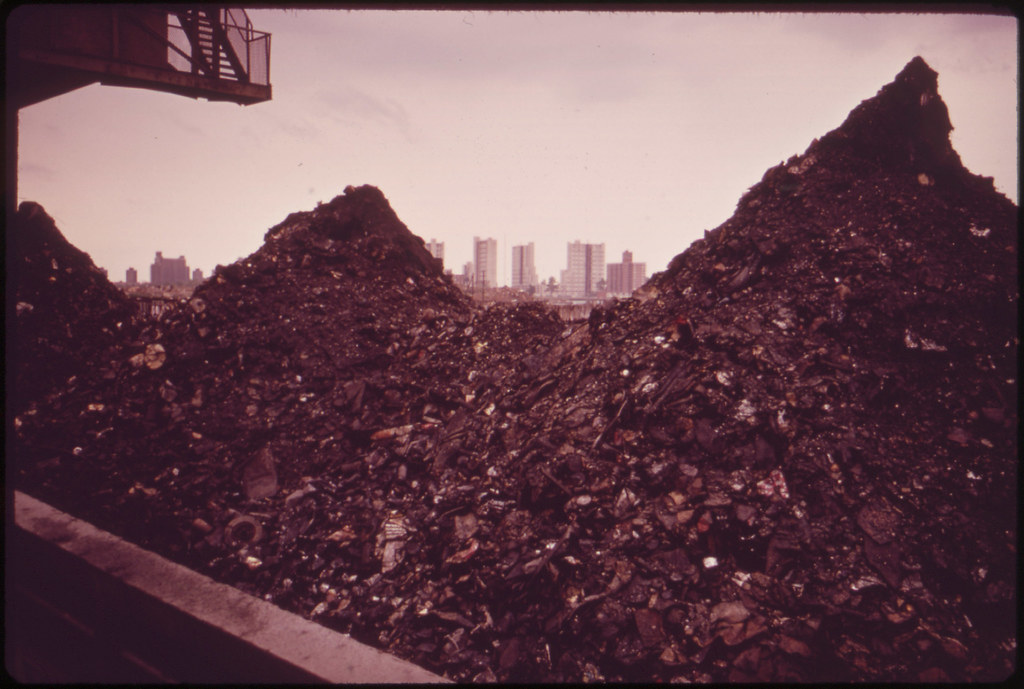
Barge loaded with ashes from the Gravesend Bay incineration plant. Ashes will be taken to the ocean for dumping
Photos by Arthur Tress (1940-) for the Environmental Protection Agency's Documerica project, May/June 1973 (US National Archives)
Tom,
ReplyDeleteAll too sobering 'snapshots' of what's become of what Thoreau saw on Staten Island a hundred years before what Arthur Tress found there
"When the white sky darkens over the city
Of ashes, far from the once happy valley,
. . .
The green ritual sanction
Of the poem has been cancelled."
(wishing you a good and happy day)
3.1
light coming into sky above still black
ridge, waning gibbous moon above branch
in foreground, wave sounding in channel
composed snapshot, elements
limited to aspects of
surface, uniform foreground,
corresponding to base
sunlight reflected in windblown channel,
shadowed green canyon of ridge above it
Gluttony, not without reason called one of the deadliest crimes against nature.
ReplyDeleteA distant cousin of mine served in the Pacific during WW II. At the end of the fighting there was a great deal of surplus war materiel left on the island where he was stationed. The authorities figured it wasn’t worth shipping all that unused equipment back to the US, so his job was to drive the bulldozer that shoved everything off the wharf and into the Pacific Ocean. Then—and this is what most impressed the young boy who stood listening to his story on a humid afternoon in Charleston, South Carolina—then he set the throttle to automatic and let the bulldozer drive itself into the sea.
Poetry we need now more than ever.
Thanks, guys.
ReplyDeleteArthur Tress grew up at Coney Island. So this portfolio would have to qualify as an insider view.
Thoreau, a visionary.
For my part, memories of a time of residence in New York City (some years before AT's documentation of the disastrous spillover of that monster city's affluence -- and effluents -- upon nearby natural environs -- pity the poor aquatic birds, their habitat made into a vast W.C.!), and of occasional brief visits since, leave me with no doubt as to the accuracy of Thoreau's percipient remarks.
Really strange. Just been lying on the bed flicking through a book that my wife had left their earlier. Then I logged on to see this amazing post.
ReplyDeleteThe book?
Arthur Tress Photographs 1956-2000.
I especially like The Singing Chair.
Of course, what else but an abandoned parachute jump for the once high and mighty.
ReplyDeleteVassilis, that's a long way down.
ReplyDeleteIts interesting to compare the early 70s Kodachrome environmental realism of the Documerica photographers with the later work done by the same photographers after the very brief span of this project (no more than two years, essentially '72-'74).
Arthur Tress made many classic images, but over the years came to concentrate on the grotesque and surreal.
Only four years after making these pictures Tress produced the image Jonathan mentions, The Singing Chair.
(Can that be a picture of someone who's been swimming in Jamaica Bay?)
whenever Fay and I would return to her place after an excursion around Lower Manhattan in all of those years 1970 - 2003
ReplyDeleteand this was many, many times going out in
broad daylight
we'd have to make noises to scare the rats away from
the cans in front of her building....
these rats were as large as cats
Fat Cats
Fat People
Fat Rats
Made me think of this chestnut:
ReplyDeleteIn a Dark Time
In a dark time, the eye begins to see,
I meet my shadow in the deepening shade;
I hear my echo in the echoing wood--
A lord of nature weeping to a tree,
I live between the heron and the wren,
Beasts of the hill and serpents of the den.
etc.
Theodore Roethke
I love the magic of a big city. Yet, having grown up in Detroit and Saginaw (Roethke's hometown, too), both reloaded shells of what they were then, I wonder.
Nick,
ReplyDeleteMany thanks, glad to hear from you. That magic of cities, I once felt it too, as a kid growing up in Chicago; but already then, the chance it might be a dark magic was as close as the street on any given night. Later I lived in Cleveland, Detroit, not much magic there, then in many cities round the world (London, Paris), each with its peculiar attractions, lights and darknesses. Being old now, I am at my last stop, and I don't much care for the city I live in now; having been run over by a careless driver eleven months ago, and nearly killed, hasn't helped. What the Tress portfolio reminds me of most strikingly is the class/money arrangements of large cities, whereby the waste and detritus are conveniently offloaded into adjacent areas, those populated by the less well-to-do, or, of course the least-well-to-do of all, nature's creatures. You don't see the ash heaps, incinerator dumps, oil leakage, raw sewage flow & c. in, for example, midtown Manhattan, or in the Hamptons.
It's hard to call attention to these things without seeming a terrible bore, these days. Nobody wants to see the consequences of the way they live, if they can help it. Money of course being the very best way to help it.
But even as I hunt-and-peck these words in the dark before the dawn, I realize words can't tell this story.
That's why I have been trying to construct "cinematic narratives" out of the archival files of environmental photographers like AT.
Your last blog post, on screenplay construction, usefully compresses this thought into two words:
11. Write cinematically.
A photographer writes with a camera.